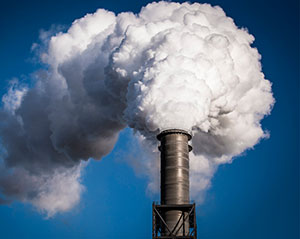% renewables in final energy consumption
Renewable energy sources will account for 52% of global final consumption by 2050.
Renewable energy sources will account for 52% of global final consumption by 2050.
The global final energy consumption will heavily be supplied by renewable energy sources by 2050: Europe and North America will reach around 70% of their consumption in our EnerBlue scenario, in line with countries' NDCs and pledges, while the emerging economies of Asia-Pacific and Latin America will cover more than half of their consumption needs with renewables.
Breakdown by region | EnerBlue scenario
Loading...
Trend over 2000 - 2050 - EnerBlue scenario
World
Loading...
EnerFuture provides energy projections up to 2050. Our service offers clear insight into the future of energy demand, prices and GHG emissions.
More informationEnerdata's long-term MACC allow you to gain unique insight and comprehensive data from the globally recognised POLES model.
More information


